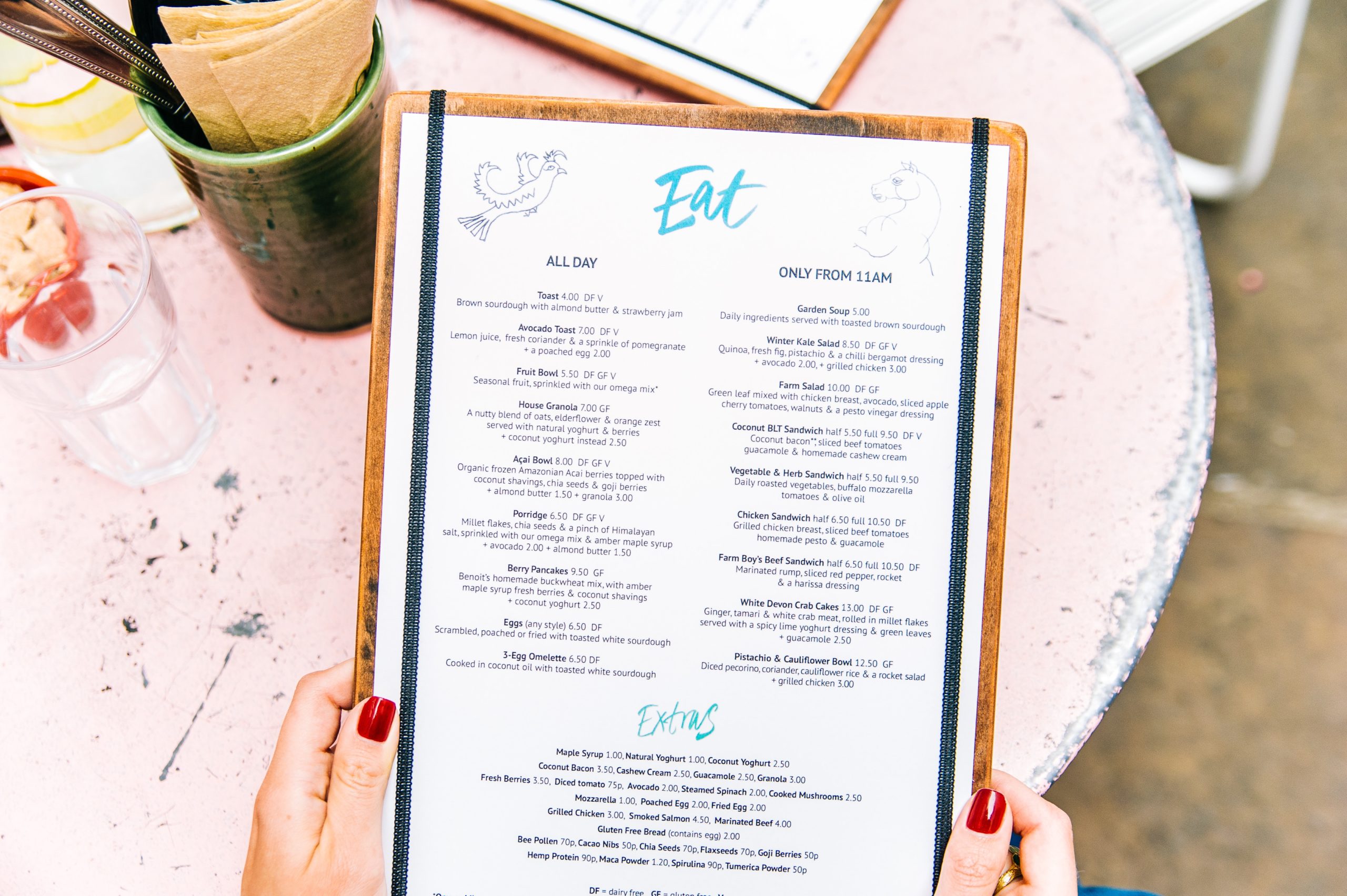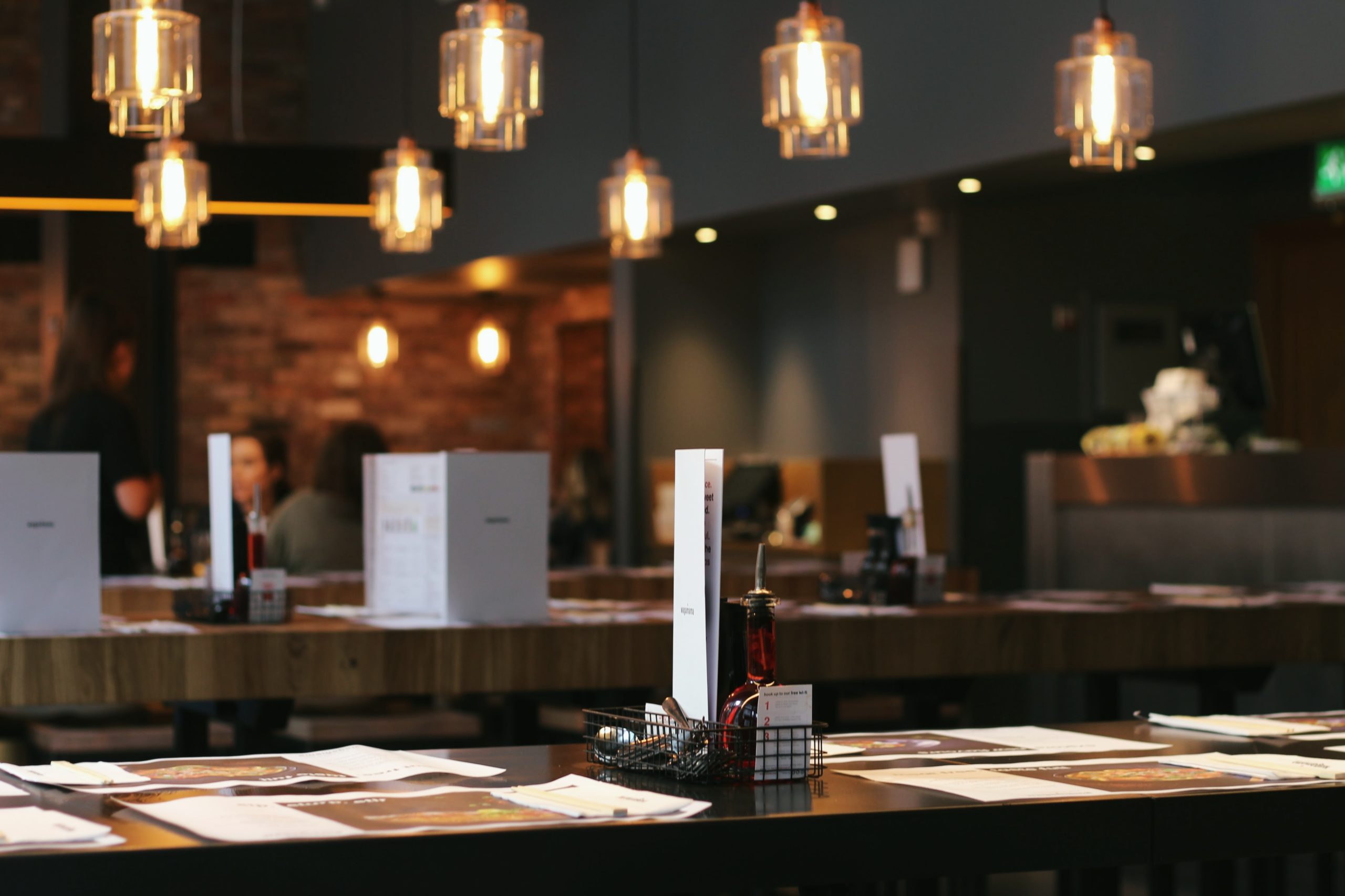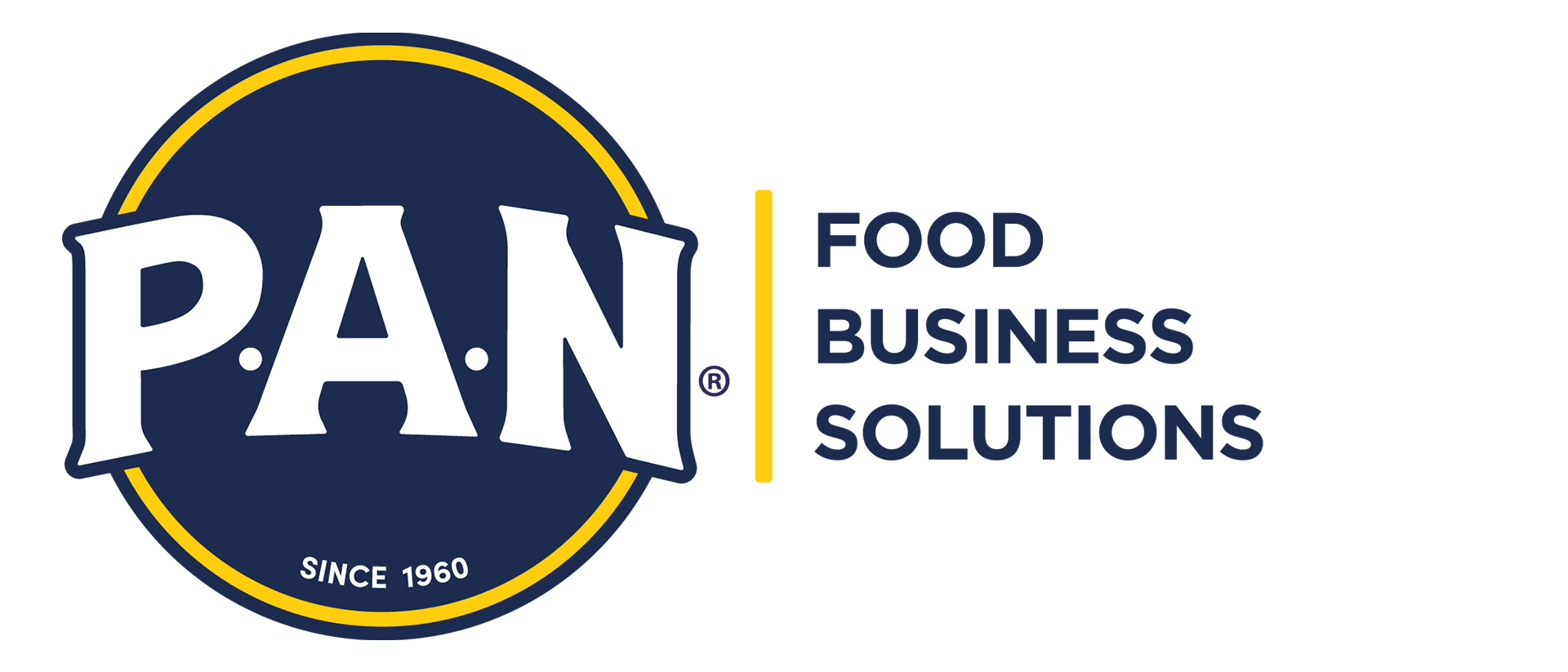
Did you know that just by opening your restaurant you have a 23% of annual losses? These data were collected by the Basque Culinary Center and if you are impressed, this percentage is just the beginning, because there are still to include all those losses that you may have if you do not have a precise and thorough control over food handling and the strategic structure of your menu; which can translate into approximately 30% of annual loss, just for the simple fact of starting your activity as a restaurateur.
Impressive, right? The reality is that having a food business is not much about cooking. The food industry is one of the industries with the highest annual loss rate, therefore, it is necessary that at the moment of opening your restaurant you acquire the necessary skills to maintain a good restaurant management.
Restaurant management is not only about creating a good dish and having a happy kitchen staff; although these are important elements within the structure of your restaurant, it is also about ensuring that your business can provide a balance between an attractive and delicious menu for your potential customer and an income that can allow the business to stand on its own two feet.

The menu of a restaurant is the visible part of all the internal work in a food business, so it is not a task that you can take lightly, because home cooked food and restaurant food are not the same. A number of variables come into play here, such as product profitability, customer tastes and preferences, the mission and vision of your business and the purpose of each product on the menu.
Therefore, before starting a food business, you must set the GPS coordinates, that is, what direction the management of your business will take in order to know where you want to go as an entrepreneur, what kind of customers you want to attract, how much you want your business to grow, the philosophy and values you want to convey with your project, how you want the market where your restaurant is located to perceive you, and, of course, the profitability you want to achieve with your food business.
With the answers to these questions and with the final destination in the GPS, the time has come to start your food business; one that allows you to generate the profits you want and, in turn, is able to satisfy the tastes of the consumer; to do this, we have some tips that you should take into consideration to help you stand out from the competition and develop a profitable menu.
Do not look to the sides if you want to be original
A very common mistake that many chefs and business owners make is to look at references, recipe books, their competitor’s menu, and rely on all of them to create their proposal. Although it is advisable to study the environment, you have to do it with caution and strategy, because not everything you see around applies to your business and even less if what you want is to create a profitable menu, since each food business model is different.
Flooding your mind with references will lead you down the easy path, that is, imitating the competition is not beneficial for your business. Therefore, in the creative process the mission to design the menu is to open your mind and let yourself go. You can get inspiration from books or social networks as long as they are outside your geographical area. Look for references of menus totally different from the ones you plan for your business and research the new trends.

How does this whole process benefit you? The idea is not to focus on the recipe, on what the competition is doing or what is fashionable, but on the cooking technique, that which you can use to develop in a creative and different way all those ideas you have for your food business and thus achieve the nirvana of gastronomy: INNOVATION.
What does the creative phase have to do with profitability?
Well, more than you think. The creation of the menu is part of the kitchen management; but it is also closely linked to the marketing and customer management, because the latter is in charge of one of the most important aspects of the business: SELLING. However, designing the right sales strategy, one that will lead your restaurant to a good market position, needs to be accompanied by an attractive menu for the ideal customer, and it is at this point that both management areas converge to achieve a profitable menu.
If you only focus on culinary inspiration, you will surely have a delicious menu, but not strategic and let alone profitable. That is why there must be a balance between each element and process of your kitchen; that balance will be provided by cost management, which will tell you if your ideas are efficient, financially speaking, for your restaurant.
Create a cost-effective and strategically delicious kitchen
Have you ever heard about the rent paid by the products on your menu? This is an example we love using because of how graphic it is, and we want to share it with you so that you can apply it to the management of your restaurant.

Imagine your restaurant menu as a building where each product is an apartment for rent, and each tenant has a rent fee that must be paid for the whole building to be maintained. If one or more tenants stop paying their rent, the building starts to deteriorate, as it needs everyone’s contribution to be maintained. The same thing happens in your restaurant.
The first thing to take into consideration when establishing your menu, is that it is a two-sided coin; one side seeks to satisfy the tastes and needs of your target customer, and the other side seeks to generate profitable products that are able to cover the price of the rental fee that implies to be within the menu of your business.
For this reason, creating an efficient menu for both sides of the coin does not depend on how creative your proposal is, but on how strategic it is, and for that you will have to put into practice your entrepreneur mentality. To achieve this, it is essential that you focus on 3 major variables that will help you to have a profitable, strategic and delicious menu.
First of all, you may see every item on the menu as a child that you can’t abandon, but this vision will not help you to have a profitable business. The magic number that allows you to offer an optimal variety of products for your customer, having a good inventory rotation system, maximize the use of the waste factor and a greater control of the visible spaces within the graphic identity of your menu is 10 to 15 products.
Why is 15 the ideal maximum number for your restaurant menu?
This number seeks concentration, and the reason is that every customer buys from emotion and justifies it from reason, but emotion is fleeting. If you insist on having an encyclopedia-style menu, it will be more difficult to keep it in that optimal emotional state that will increase the average sales ticket of your business, which is why short, concise and direct menus are the best alternative to increase your restaurant’s sales.
A second point to take into consideration in terms of profitability is to keep under control the waste factor, that is, everything you buy but do not use in the production of your final product. The waste factor is found in each of the ingredients you use to create the products on the menu, and since each one has an approximate percentage of waste factor, the mission of the kitchen and cost managements is to minimize it as much as possible.
How to minimize the waste factor?
Let us use an example: Imagine that you use broccoli as an ingredient in a dish and remove the stalk. That broccoli has a percentage of waste factor of 56% that goes directly to the production cost of the final product; but, if instead of throwing the stalk away you use it to prepare a broccoli cream that is also within the menu, that percentage is reduced, at least, to 15%. This difference of almost 30% implies a positive increase in the production cost of this ingredient and, therefore, of the products that include it. Did you know this information?

Strategic standardization is not just about the weight of your ingredients
Finally, the third aspect, but the most important of all, is strategic standardization. And before you say that all your products are perfectly standardized (weighed and measured), let’s explain what strategic standardization is and why it is vital for the product, its selling price and the finances of your food business.
Strategic standardization is the adaptation of the preparation processes of a recipe; this is: food handling, cooking times and temperatures, raw material presentation, number of portions, packaging and presentation, in order to achieve a constant result of the final product with the objective of maintaining the profitability of the menu.
Strategically standardizing the menu of your restaurant is more than having written down the weights of the ingredients of your recipe. This concept is based on knowing and guaranteeing, at a cost level, that elaborating that product using those methods is really profitable for your business model.
We will use an example again to make it clearer: Imagine you have a hamburger business, and the beef you use for each hamburger is 200 g. Strategic standardization is based on ensuring that those 200 g of beef are actually profitable for your product, according to the selling price you want to set.
Although it may not seem like it, having a patty of 200 g, 180 g or 150g, can make your product vary its replacement cost between 20% to 70%, which directly affects your profit rate and, therefore, the selling price of your product. All these variables depend to a great extent on your business model, the profitability indexes of your product according to the cost structure, and the purchasing capacity of your ideal customer.
Now that you know everything there is behind the creation of the products that make up your menu, we invite you to become aware of what you want to offer and analyze it from this perspective. We assure you that you will begin to see your business from a new perspective and from the view of a food entrepreneur.
We co-created this content with Diana & Luismi Gastronomy Group – Food Consultants, to help your business grow.
